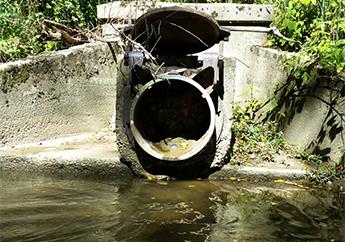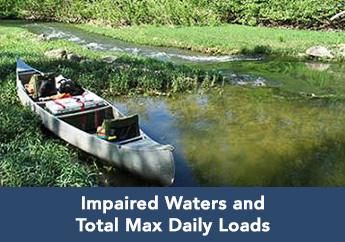
The goal of the federal Clean Water Act, found in U.S. Code 33 U.S.C. §1251 et seq., is "to restore and maintain the chemical, physical, and biological integrity of the Nation's waters." Missouri’s water quality standards establish pollutant limits to protect drinking water supply, fishing, swimming, aquatic life and other designated uses. When waterbodies fail to meet state water quality standards, they are considered impaired waters.
The Clean Water Act requires states to develop total maximum daily loads (TMDLs) for all waters listed on its 303(d) list of impaired waters. TMDLs are tools to inform watershed planning. They calculate the maximum amount of a specific pollutant, or load, a water body can absorb and still meet water quality standards. This calculated loading is then divided between the various pollutant sources in the watershed and becomes the goal, or loading target, to restore water quality.
In Missouri, the Missouri Department of Natural Resources develops TMDLs. Each TMDL document includes load allocations for all pollutant sources. It also includes an implementation plan to identify how the load will be reduced to a level that will protect water quality. The implementation strategies document provides guidance for achieving the TMDL targets and describes ways in which stakeholders in the watershed can reduce pollutant loading to the impaired streams. The plan also identifies potential partnerships and funding sources.


